Bowling alleys are entertainment hubs that attract people of all ages, offering a mix of sport, leisure, and social interaction. If you’ve ever wondered, how long is a bowling alley, you’re not alone. Understanding the dimensions and layout of a bowling alley can enhance your appreciation of the game and help you choose the right venue for your next outing. In this article, we will delve into the standard measurements of bowling alleys, the components that make up these fascinating venues, and various factors that influence their design and size.
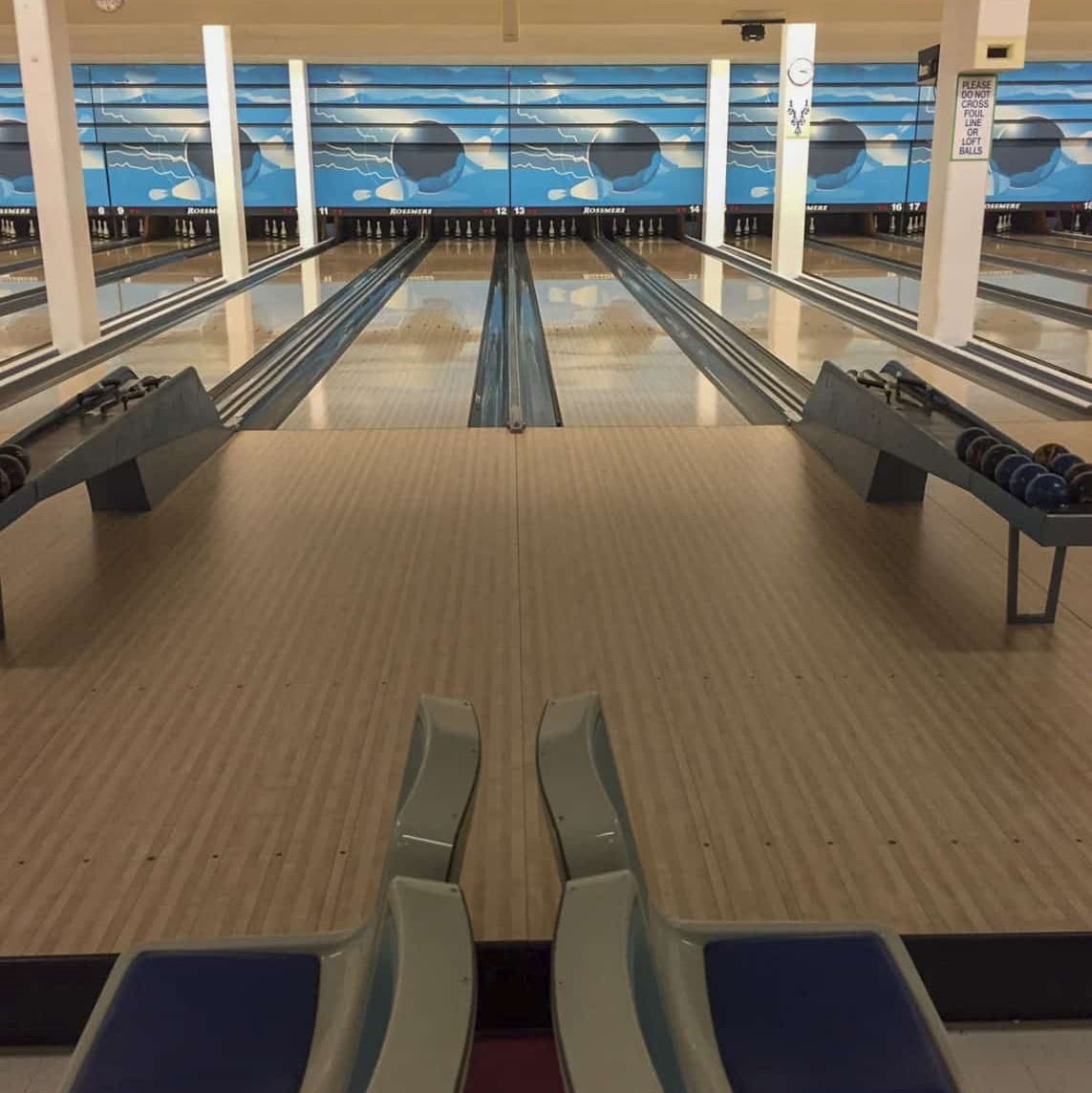 Standard Dimensions of a Bowling Alley
Standard Dimensions of a Bowling Alley
The Length of a Bowling Lane
How long is a bowling alley? One of the most critical aspects of a bowling alley is the bowling lane. Typically, a standard bowling lane is 60 feet long from the foul line to the center of the headpin. However, when considering the entire length, including the approach area and the pin deck, a bowling alley measures approximately 60 feet in lane length plus an additional 15 feet of approach area, totaling 75 feet. This length ensures that bowlers have enough space to prepare and execute their throws effectively.
Width of the Bowling Lanes
The width of a standard bowling lane is about 41.5 inches. This measurement is consistent across most bowling alleys to maintain uniformity in the game and ensure that all players experience the same conditions. The lanes are divided into ten segments, known as “pins,” positioned in a triangular formation at the end of the lane. The uniform width allows for precise control and consistency in bowling performance.
Pin Deck and Seating Areas
At the end of each lane, there is a pin deck where the pins are set up before each roll. The pin deck is typically 12 feet deep and 41.5 inches wide, matching the lane’s width. Beyond the pin deck, bowling alleys allocate space for seating areas where spectators can watch the game. These seating areas vary in size depending on the alley’s capacity but are generally designed to accommodate multiple viewers comfortably.
Components of a Bowling Alley
Bowling Lanes
Bowling lanes are the heart of any bowling alley. Each alley typically features multiple lanes to accommodate several players simultaneously. The construction of the lanes involves high-quality wood or synthetic materials to ensure durability and consistent performance. Additionally, lanes are equipped with automatic scoring systems and ball return mechanisms to streamline the bowling experience.
Scoring Systems
Modern bowling alleys use electronic scoring systems that track each player’s performance automatically. These systems display scores on monitors adjacent to each lane, allowing players to focus on their game without worrying about manual scorekeeping. Some alleys also offer advanced features like player statistics and game analysis for enthusiasts looking to improve their skills.
Ball Returns and Ball Storage
After a bowler releases the ball, it travels down the lane, knocks down pins, and then returns through a ball return system. This automated setup ensures that players have easy access to their balls without retrieving them manually. Additionally, many bowling alleys provide ball storage areas where players can rent or store their bowling balls, offering convenience and enhancing the overall experience.
Factors Influencing the Size of a Bowling Alley
Number of Lanes
The number of lanes in a bowling alley significantly impacts its overall size. Smaller alleys might have as few as 4 to 8 lanes, while larger entertainment centers can feature 20 or more lanes. The choice depends on the expected customer base and the desired atmosphere. More lanes allow for hosting larger groups and tournaments, making the alley more versatile and attractive to a broader audience.
Available Space
The available space in the location where the bowling alley is built plays a crucial role in determining its length and capacity. Urban areas with limited space might opt for compact designs, integrating multiple functions within a smaller footprint. In contrast, suburban or rural locations with ample space can afford more extensive layouts, offering additional amenities like arcades, restaurants, and lounges.
Audience and Purpose
The intended audience and purpose of the bowling alley also dictate its size. Family-friendly alleys may include more recreational features and seating areas, while competitive venues might prioritize lane quality and offer training facilities. Understanding the target demographic helps in designing a space that meets specific needs and enhances the overall appeal.
Designing an Efficient Bowling Alley
Layout and Flow
An efficient layout ensures that patrons can move smoothly between different areas of the alley. Clear pathways, well-placed seating, and strategically located amenities contribute to a positive experience. The design should minimize congestion, especially during peak hours, by providing ample space around lanes and common areas.
Lighting and Ambiance
Lighting plays a vital role in creating the right ambiance in a bowling alley. Bright, focused lights on the lanes ensure visibility, while softer ambient lighting in seating and bar areas creates a relaxed atmosphere. Additionally, themed lighting and decor can enhance the overall aesthetic, making the venue more inviting and enjoyable.
Sound Management
Managing sound levels is essential in maintaining a comfortable environment. Bowling alleys can be loud places, especially during busy times. Implementing sound-absorbing materials, controlling music volume, and ensuring clear communication between staff and customers help maintain a pleasant atmosphere for all guests.
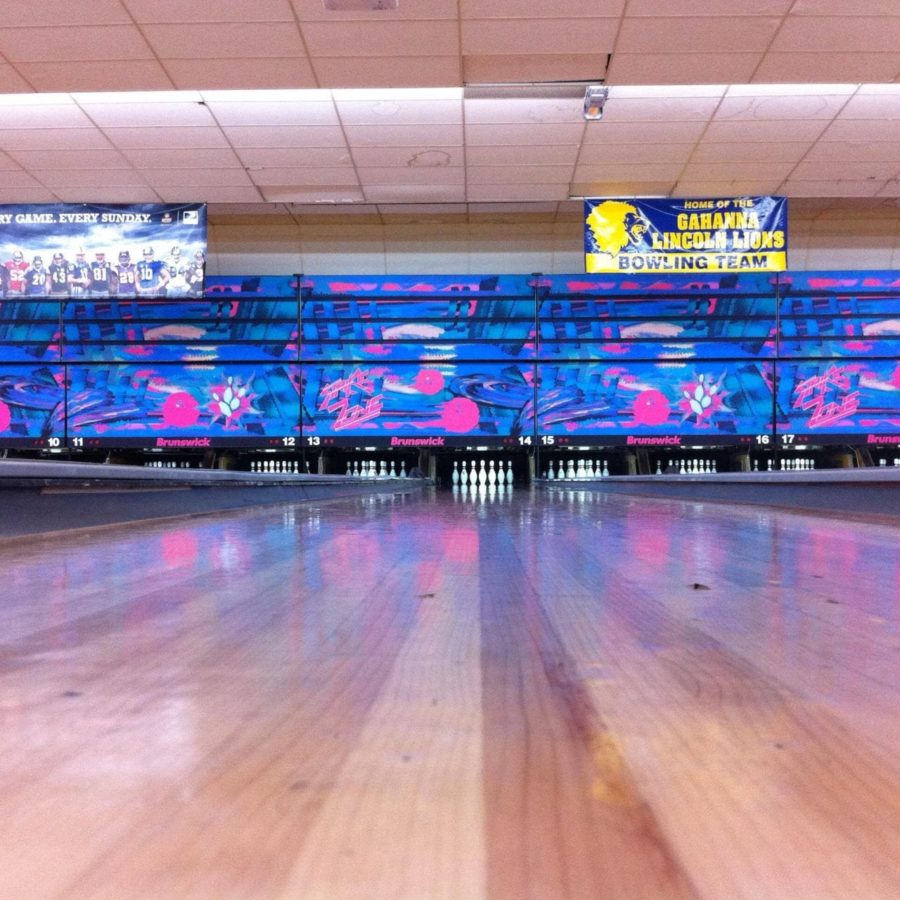 Enhancing the Bowling Experience
Enhancing the Bowling Experience
Modern Amenities
To stay competitive, many bowling alleys incorporate modern amenities that go beyond traditional bowling. These can include arcades, karaoke systems, sports bars, and restaurants. Offering a variety of entertainment options attracts a wider audience and encourages customers to spend more time and money at the venue.
Customer Service
Exceptional customer service is paramount in ensuring repeat business. Staff should be well-trained, friendly, and efficient in handling customer needs. From assisting with equipment rentals to managing reservations and addressing concerns, excellent service enhances the overall experience and fosters customer loyalty.
Technology Integration
Integrating the latest technology can significantly improve the bowling experience. Online booking systems, mobile apps for lane reservations and payments, and interactive screens that offer game statistics are just a few ways technology can enhance convenience and engagement for customers.
Comparing Bowling Alley Sizes Worldwide
United States
In the United States, bowling alleys typically follow the standard dimensions, with lanes measuring 60 feet in length and 41.5 inches in width. However, American alleys often emphasize larger setups with numerous lanes, extensive amenities, and themed environments to cater to diverse audiences.
Europe
European bowling alleys may vary slightly in size and design, often incorporating unique architectural elements that reflect local styles. While the core dimensions remain consistent, European venues frequently offer a more intimate and community-focused atmosphere, with smaller lanes and personalized service.
Asia
In Asia, space optimization is crucial, especially in densely populated cities. Bowling alleys in this region may adopt innovative designs to maximize limited space, such as multi-level layouts and compact lane arrangements. Despite the smaller sizes, these alleys maintain high standards of quality and offer diverse entertainment options.
Australia
Australian bowling alleys blend standard measurements with outdoor elements, taking advantage of the country’s favorable climate. Many venues feature open-air sections, rooftop bars, and outdoor seating areas, providing a unique and enjoyable bowling experience that aligns with the laid-back Australian lifestyle.
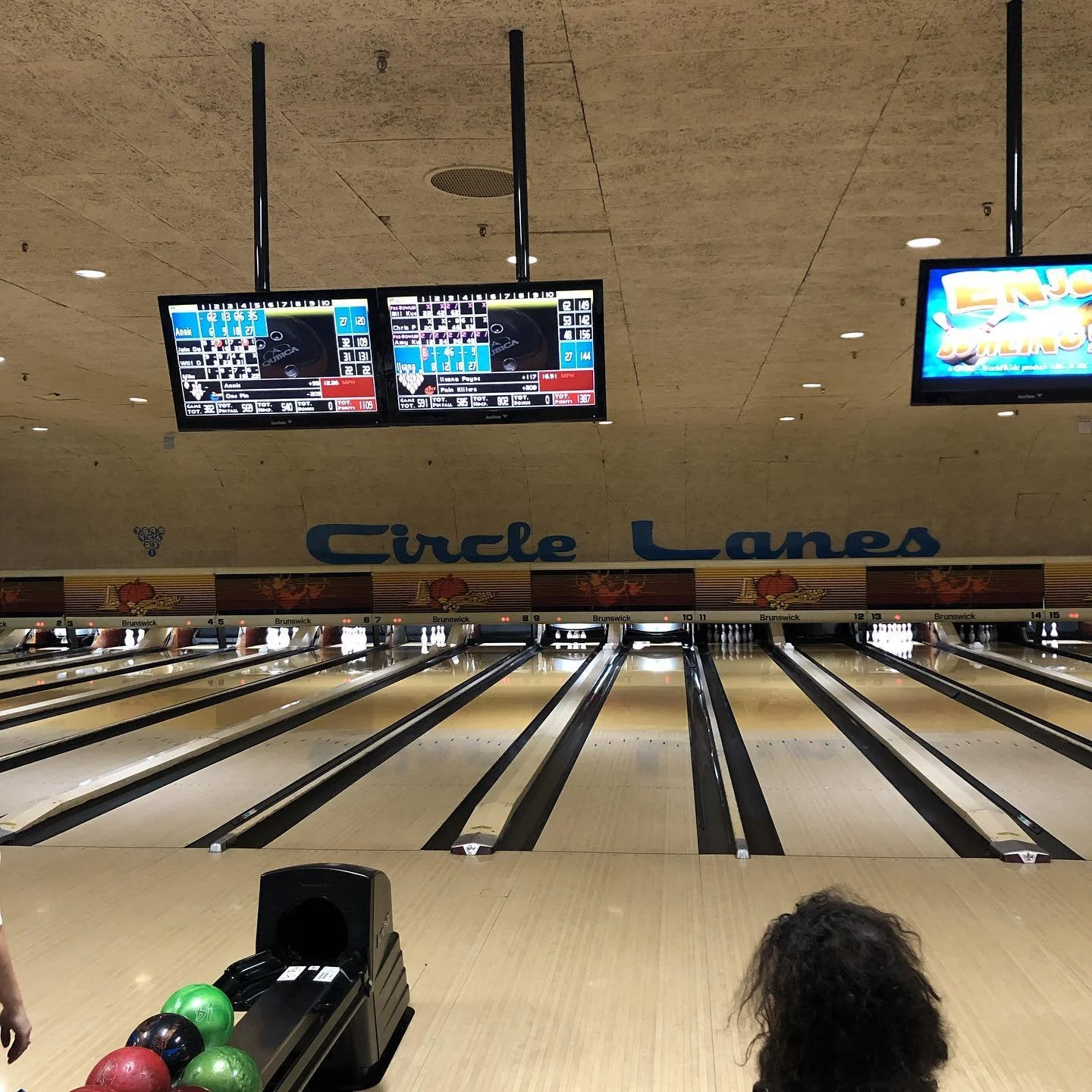 Cost Implications of Bowling Alley Sizes
Cost Implications of Bowling Alley Sizes
Construction Costs
The length and size of a bowling alley directly influence construction costs. Larger alleys with more lanes require more materials, planning, and labor, driving up expenses. Additionally, incorporating advanced technology and modern amenities adds to the overall investment needed to build a top-notch facility.
Maintenance and Operational Costs
Maintaining a bowling alley involves regular upkeep of lanes, scoring systems, and other equipment. Larger alleys incur higher maintenance costs due to the increased number of lanes and facilities. Operational costs, including utilities, staffing, and inventory, also scale with the size of the venue, affecting the overall profitability.
Revenue Potential
While larger bowling alleys involve higher initial and ongoing costs, they also offer greater revenue potential. More lanes can accommodate more customers, increasing the likelihood of hosting events, leagues, and tournaments. Additionally, extensive amenities and services can attract a broader audience, boosting overall income and ensuring a higher return on investment.
Adapting Bowling Alleys for Future Trends
Embracing Virtual Reality
Virtual reality (VR) is set to revolutionize the bowling experience. By integrating VR technology, bowling alleys can offer immersive experiences that blend traditional bowling with interactive digital elements. VR can attract tech-savvy customers and provide a unique selling point that differentiates the alley from competitors.
Sustainable Practices
Sustainability is becoming increasingly important in every industry, including bowling. Implementing eco-friendly practices, such as using energy-efficient lighting, recycling materials, and reducing water consumption, not only benefits the environment but also appeals to environmentally conscious customers. Sustainable bowling alleys can enhance their reputation and attract a loyal clientele committed to green practices.
Health and Safety Enhancements
Ensuring health and safety is paramount, especially in the wake of global health concerns. Bowling alleys are adopting measures like improved ventilation systems, enhanced cleaning protocols, and contactless payment options to create a safe environment for patrons. These enhancements build customer trust and ensure a comfortable experience for everyone.
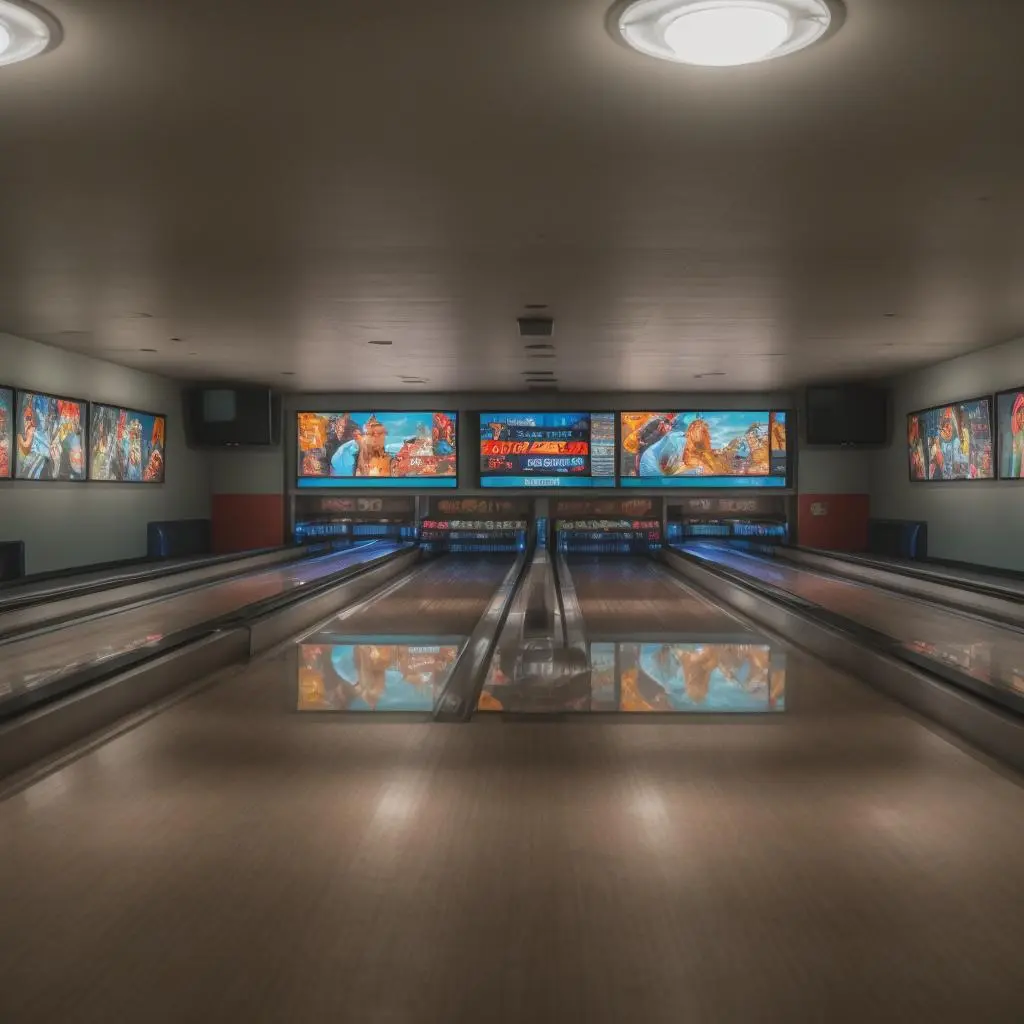 FAQ: Everything You Need to Know About How Long Is a Bowling Alley
FAQ: Everything You Need to Know About How Long Is a Bowling Alley
What is the standard length of a bowling lane?
A standard bowling lane is 60 feet long from the foul line to the center of the headpin. Including the approach area, the total length of a bowling alley lane setup is approximately 75 feet.
How wide is a typical bowling lane?
A typical bowling lane is 41.5 inches wide. This width is consistent across most bowling alleys to ensure uniformity in the game.
How many lanes are usually found in a bowling alley?
The number of lanes in a bowling alley varies widely. Smaller alleys might have 4 to 8 lanes, while larger venues can feature 20 or more lanes to accommodate more players and larger groups.
Why do bowling alleys have different sizes?
Bowling alleys vary in size based on factors such as location, available space, target audience, and the range of amenities offered. Urban alleys may be more compact, while suburban or rural alleys can afford larger layouts with more features.
Can bowling alleys be customized in size?
Yes, bowling alleys can be customized in size and layout to fit specific needs and preferences. Factors like the number of lanes, additional amenities, and design elements can be tailored to create a unique and functional space.
Understanding the Varied Lengths of Bowling Alleys
Bowling alleys come in different lengths and sizes based on their design and purpose. The overall length, which includes the approach area, ensures that bowlers have sufficient space to prepare their shots. Additionally, the variation in the number of lanes affects the total length and layout of the facility. By understanding these dimensions, you can better appreciate the complexity and planning involved in creating a bowling alley that meets diverse needs and preferences.
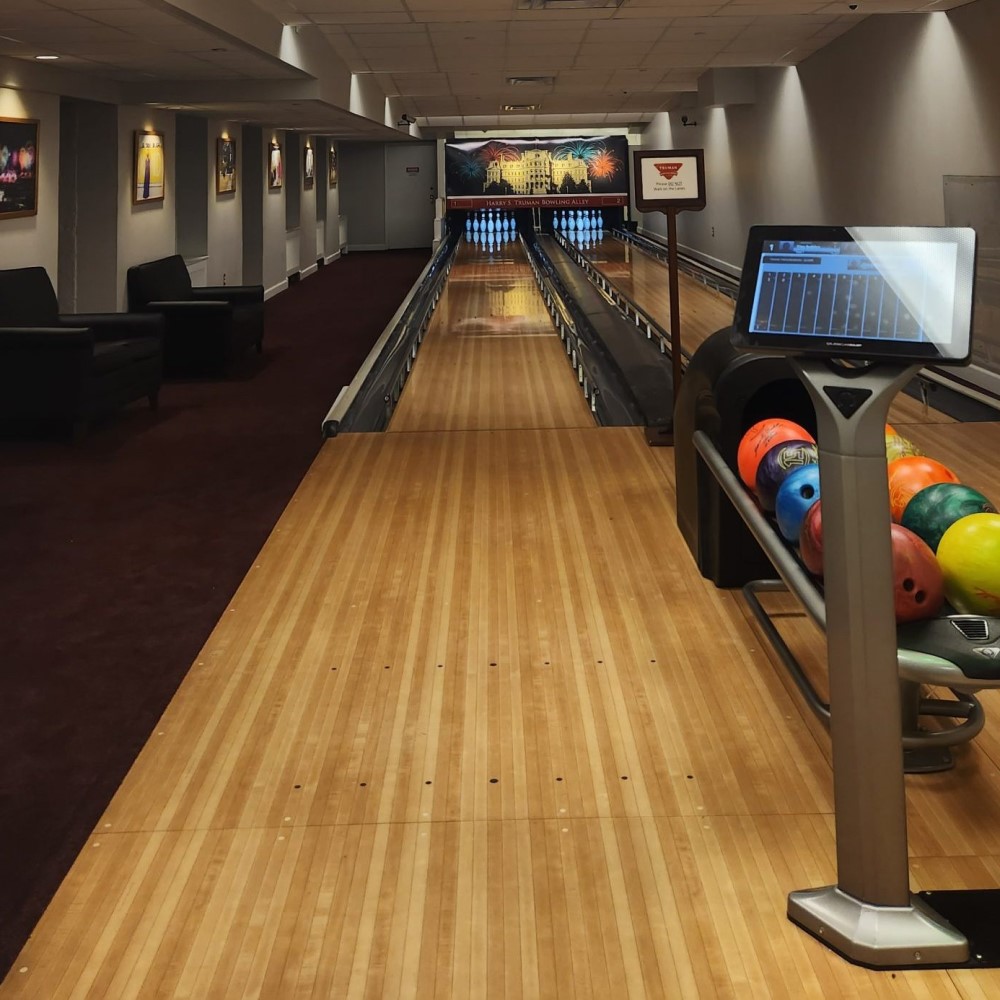 Conclusion: How Long Is a Bowling Alley and Why It Matters
Conclusion: How Long Is a Bowling Alley and Why It Matters
Whether you’re a seasoned bowler or a casual enthusiast, understanding how long is a bowling alley provides valuable insights into the sport and its venues. From the standard 60-foot lane length to the various factors that influence the overall design and size, every aspect of a bowling alley plays a crucial role in delivering an enjoyable experience. By considering elements like lane dimensions, amenities, and modern trends, bowling alleys continue to evolve, offering versatile and engaging environments for all. Whether you’re planning to visit a bowling alley for fun, competition, or socializing, knowing the intricacies of their size and layout can enhance your appreciation and enjoyment of the game.